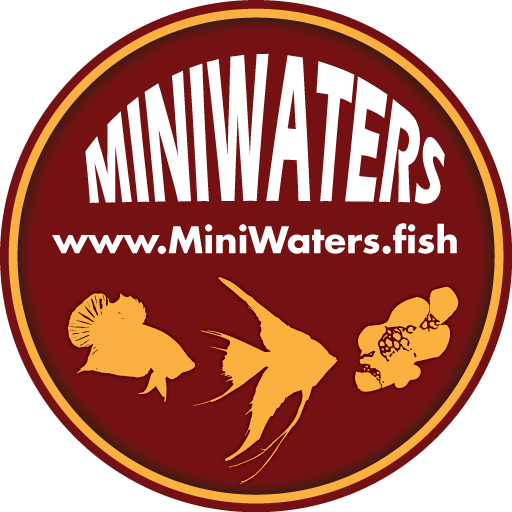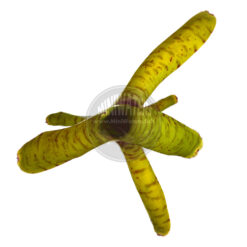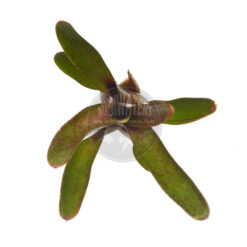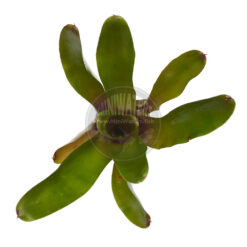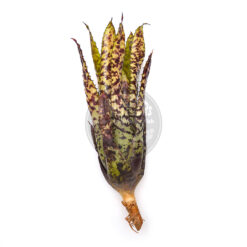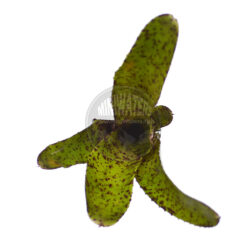Aechmea Fosters Favorite
$9.00 – $25.00Price range: $9.00 through $25.00
This is a rather striking bromeliad I first encountered while visiting a specialty bromeliad nursery in Florida. The bright yellowish leaves and wine throats were exciting, and while a little larger than the average bromeliad people are seeking, I had to give it a shot! This is generally regarded as an easy to grow and vigorous bromeliad. See below for additional information.
Description
This is a rather striking bromeliad I first encountered while visiting a specialty bromeliad nursery in Florida. The bright yellowish leaves and wine throats were exciting, and while a little larger than the average bromeliad people are seeking, I had to give it a shot! This is generally regarded as an easy to grow and vigorous bromeliad.
Online reference show many different color ranges from deep green and maroon to the yellow and wine that I prefer; it’s really all the result of growing conditions, and it may look very different for you. Foster’s Favorite is a primary hybrid of Aechmea (racinae X victoriana v. discolor), and is reportedly the first bromeliad ever to be awarded a plant patent (it has long since expired).
General Care Information
Summarizing many different sources, Bromeliads are usually grown mounted (epiphytically), although they can be potted in well-draining substrates. There are many ways to mount a bromeliad, the main goal is to prevent movement until new roots can firmly anchor the plant.
On the whole, these tropical plants appreciate humidity and tropical temperatures. Their central “tank” or water storage cup should be periodically flushed with fresh water. They also appreciate air movement. Strong lighting and minimal nutrient availability produces the best color (aka. “growing hard”); coloration will vary in the plants you receive and will change depending on your growing conditions.
Bromeliads produce “pups”, asexually-produced new growths on stolons which ultimately grow into another mature plant. Individual bromeliad growths can last up to 3-4 years; they will bloom only once (in the case of this Aechmea, a long pendulous spray of blue-tipped red flowers), and start to fade and die thereafter, leaving behind their pups. Buying pups means the plants you receive are younger and will last longer, while larger plants offer instant gratification and will get you to the pupping stage sooner. General recommendations are that pups should not be removed until they are half the size of the mother plant, and removing pups can encourage more to be produced during the lifespan of the mother plant.
About MiniWaters Vivarium Plants
Any plant whose cultivation condition is denoted as “sanitized” has been put through MiniWater’s bleach treatment and have been held in animal-free conditions following this treatment. While we do not guarantee our plants to be disease and pest free, we believe we are offering the lowest-risk plants possible. We encourage all customers to sanitize any plants they purchase from us, or any other vendor or hobbyist, prior to their use with your animals.
Visit www.MiniWaters.fish/vivplants for further details about how we grow our plants animal-free with organic methodologies while integrated pest management protocols, as well as detailed instructions for our bleach-sanitizing process.
Additional information
| Source | USA |
|---|---|
| Cultivation Condition | Sanitized, Field/Nursery Grown |
| Sizes Available | Offset/Pup, Large Offset/Mature Plant, Multi-Growth Plant |
| Max Height (approximate) | 12" |
| Max Diameter (approximate) | 12" |
| Reference Link | https://www.bsi.org/registry/?genus=AECHMEA&id=221#221 |
| Wholesale Available | Yes |
Related products
Bromeliads
Bromeliads
Bromeliads
Bromeliads
Bromeliads
Bromeliads
Bromeliads
Bromeliads
Bromeliads
Bromeliads
Bromeliads
Bromeliads
Bromeliads
Bromeliads
Bromeliads
Bromeliads
Bromeliads
Bromeliads
Bromeliads
